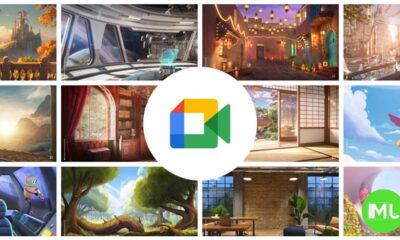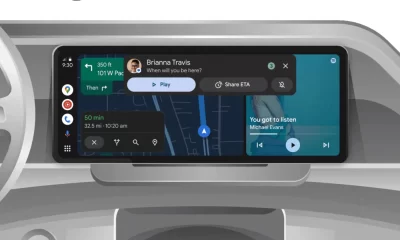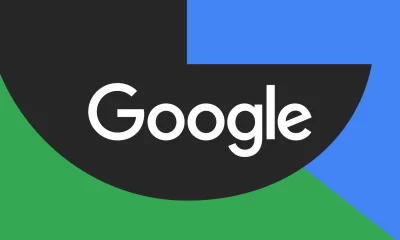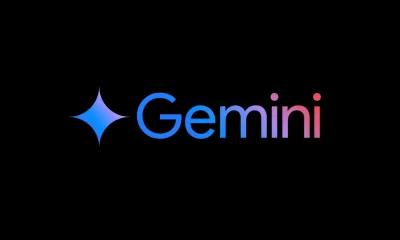Google unveils the Pixel 9 Pro Fold: A ‘Phone-First’ approach with sleek design and enhanced camera features
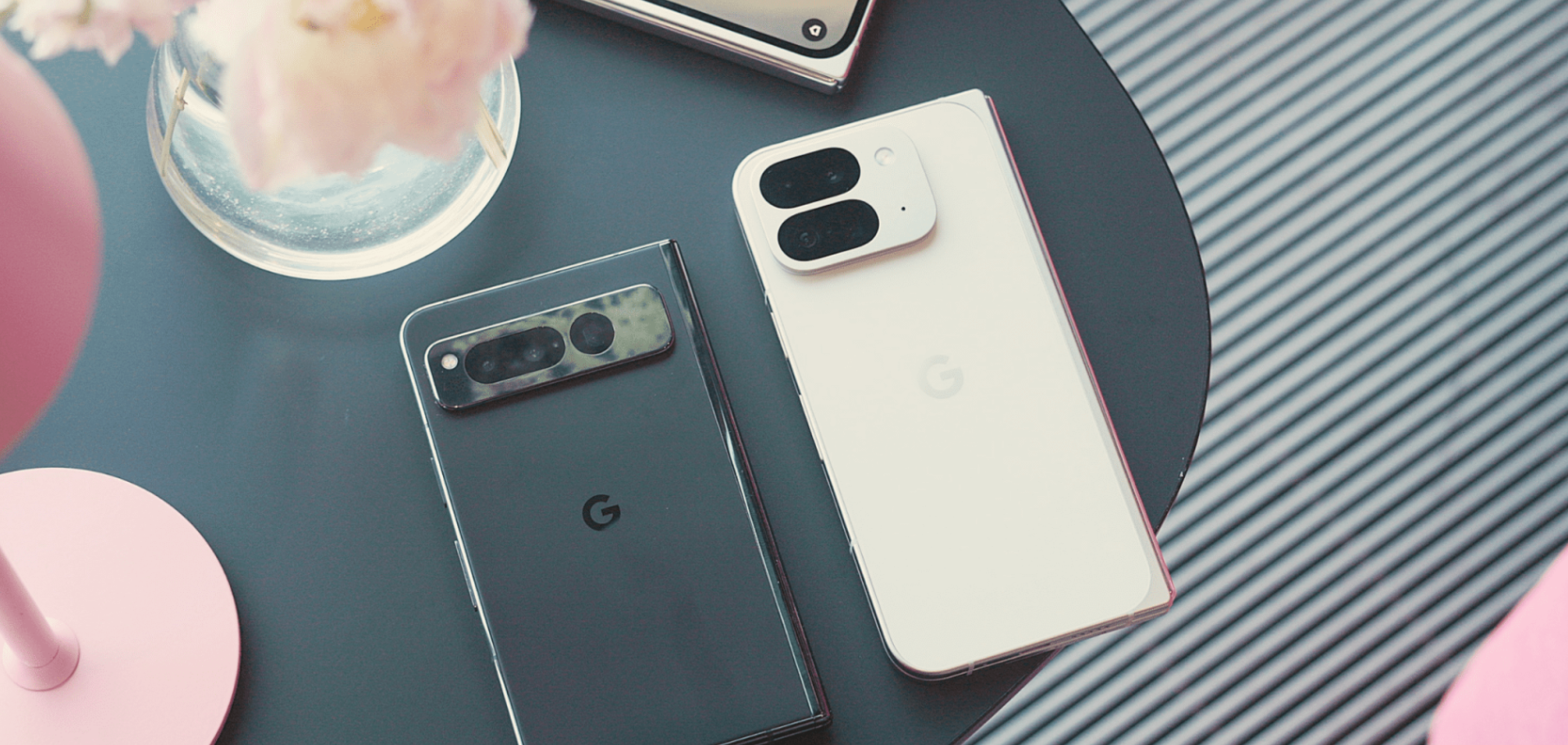
Top 3 Key Points:
- Pixel 9 Pro Fold is thinner by 1.5mm when closed and 0.7mm when open, focusing on a ‘phone-first’ design.
- The new double-stacked camera bar boosts battery capacity and camera capabilities.
- Features an all-new vapor chamber for improved cooling and a durable, sleek hinge design.
Google’s latest release, the Pixel 9 Pro Fold, brings major improvements in both design and functionality, setting it apart from its predecessor. One of the standout achievements is how much thinner it is—1.5 millimeters when closed and 0.7 millimeters when open—offering a sleeker and more practical foldable experience.
Based on user feedback, Google focused on creating a “phone-first” design. According to Claude Zellweger, the team recognized that people primarily use the device as a regular smartphone, even though they appreciate the versatility of a foldable.
This design shift is evident in the camera bar of the Pixel 9 Pro Fold, which now features a double-stacked setup. Unlike previous models, the new camera design doesn’t span the full width of the device. However, this choice wasn’t just about aesthetics—it also allowed Google engineers to fit a larger battery into the device, improving both battery life and the overall balance of the phone when placed on surfaces. The camera system also features custom optical modules, enabling professional-grade photography features, and aligning the foldable more with high-end smartphones.
To keep the device compact, the Pixel 9 Pro Fold incorporates custom components like a thinner haptics driver and a smaller USB-C port. These elements help reduce bulk without compromising functionality. Google has also introduced an all-new vapor chamber and a graphite thermal spreader for better heat management, ensuring that the phone stays cool during intensive use.
Lastly, the device’s hinge has been refined. Built with multi-alloy steel and high-strength aluminum, the new hinge design is more durable than its predecessor and contributes to the phone’s thinner profile. Google also took special care in crafting the “snap” sound of the hinge when closing the device, which they describe as satisfying and tactile.
The Pixel 9 Pro Fold showcases Google’s commitment to delivering a cutting-edge foldable that balances innovation with practicality, all while maintaining the sleekness and durability users expect.
shhh close ur eyes and imagine the sound 🔊 pic.twitter.com/4rcD7GUOYu
— Made by Google (@madebygoogle) August 29, 2024
Google Meet gets a fresh new look with Material 3 design
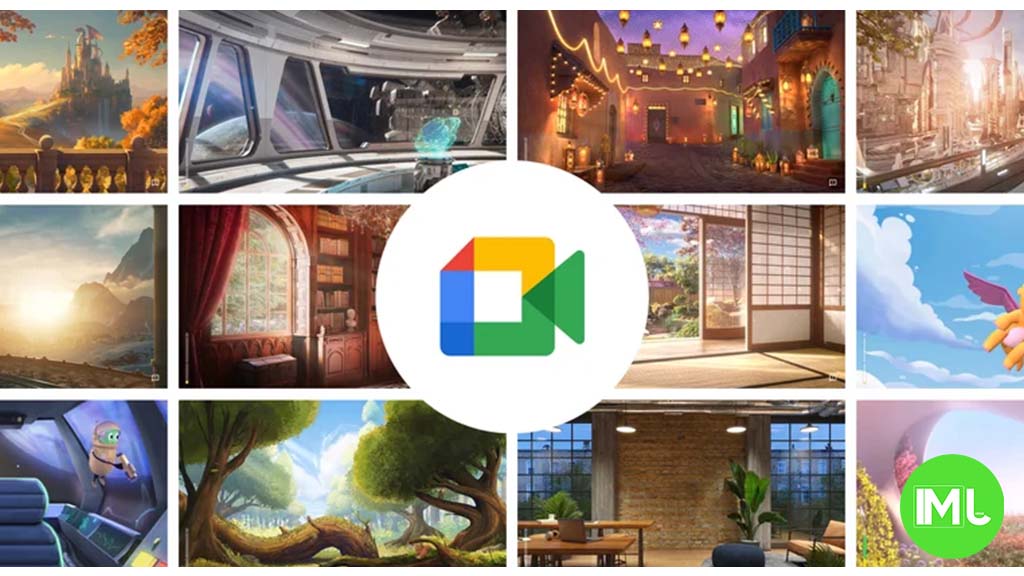
Google Meet is getting a big update to its look, thanks to the new Material 3 design. This change brings a cleaner and more modern style to the video calling app, making it easier and more enjoyable to use.
With Material 3, Google Meet now has rounder buttons, softer colors, and better spacing between elements. The main controls, like the microphone, camera, and end call buttons, are now larger and easier to tap. The icons and text are also clearer, which helps users find what they need quickly during a call.
Another improvement is the new “expressive” color system. This feature lets the app’s colors match your device’s wallpaper or theme, giving each user a unique and personalized experience. The changes also make Google Meet more accessible, as the new design is easier to read and use for everyone, including people with vision difficulties.
These updates are rolling out to both web and mobile versions of Google Meet. Google says the new look will help people feel more comfortable and focused during their meetings. Overall, the Material 3 update makes Google Meet not only look better but also work better for all its users.
Android
Easy ways to change Android Auto’s look with light and dark themes
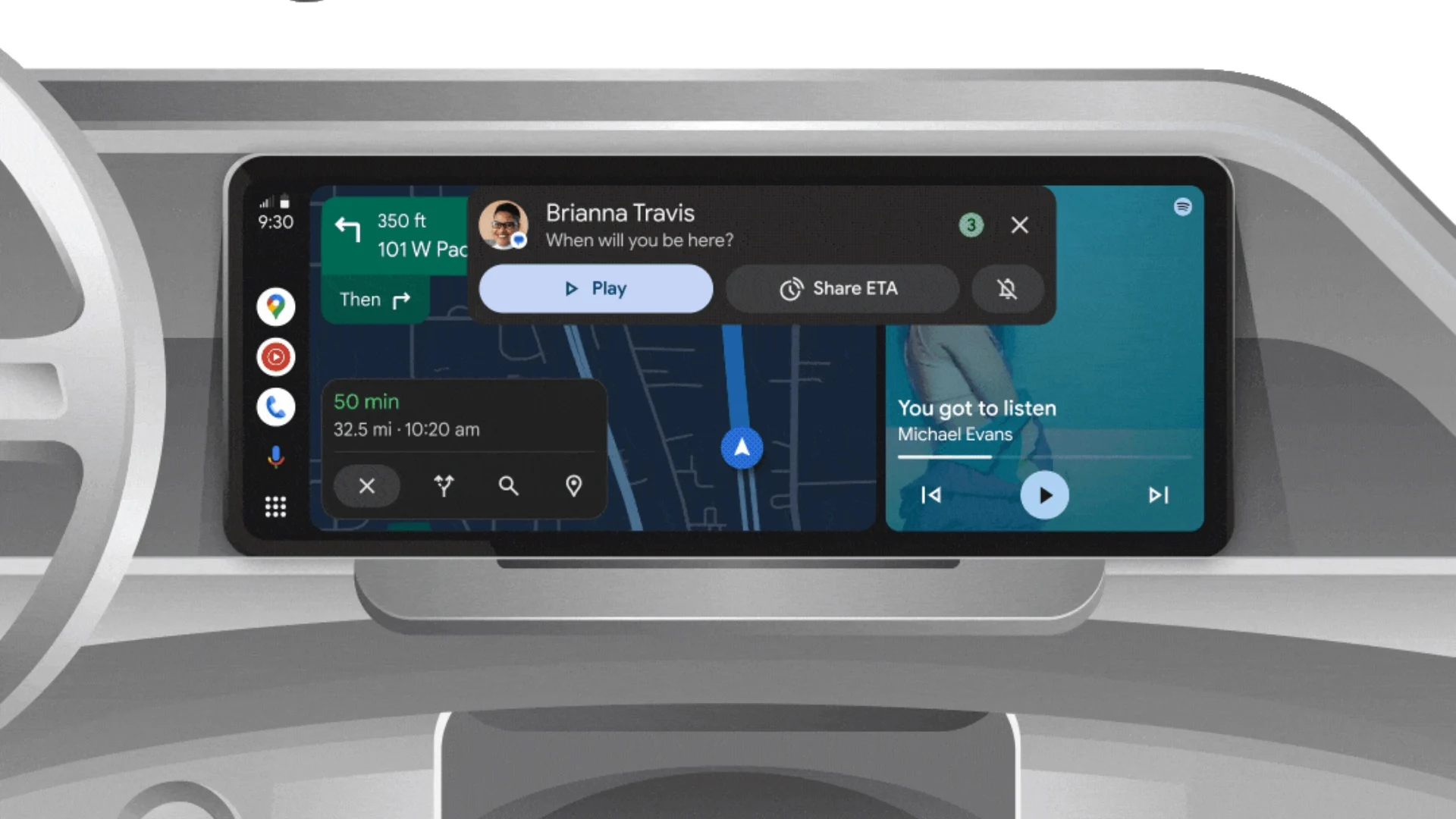
Android Auto is a helpful tool that lets you use your phone’s apps safely while driving. It connects your phone to your car’s screen, making it easier to use maps, music, and calls. One of the features many people like is the ability to change how Android Auto looks by switching between light and dark themes.
How to switch between light and dark themes
Android Auto offers two main themes: light and dark. The light theme uses brighter colors, which can make the screen easier to see during the day. The dark theme uses darker colors, which can be more comfortable for your eyes at night or in low light.
To change the theme, follow these steps:
- Open the Android Auto app on your phone.
- Go to the settings menu.
- Find the “Theme” option.
- Choose between “Light,” “Dark,” or “Set by car” (this lets your car decide the theme based on the time of day or your car’s settings).
Why themes matter
Using the right theme can make driving safer and more comfortable. The light theme is good for bright days, while the dark theme helps reduce glare at night. Having these options means you can pick what works best for you, making Android Auto easier to use in any condition.
In short, Android Auto’s theme options are simple to use and help you drive more safely by making the screen easy to see, no matter the time of day.
Google Drive and Files by Google get fresh updates for easier use
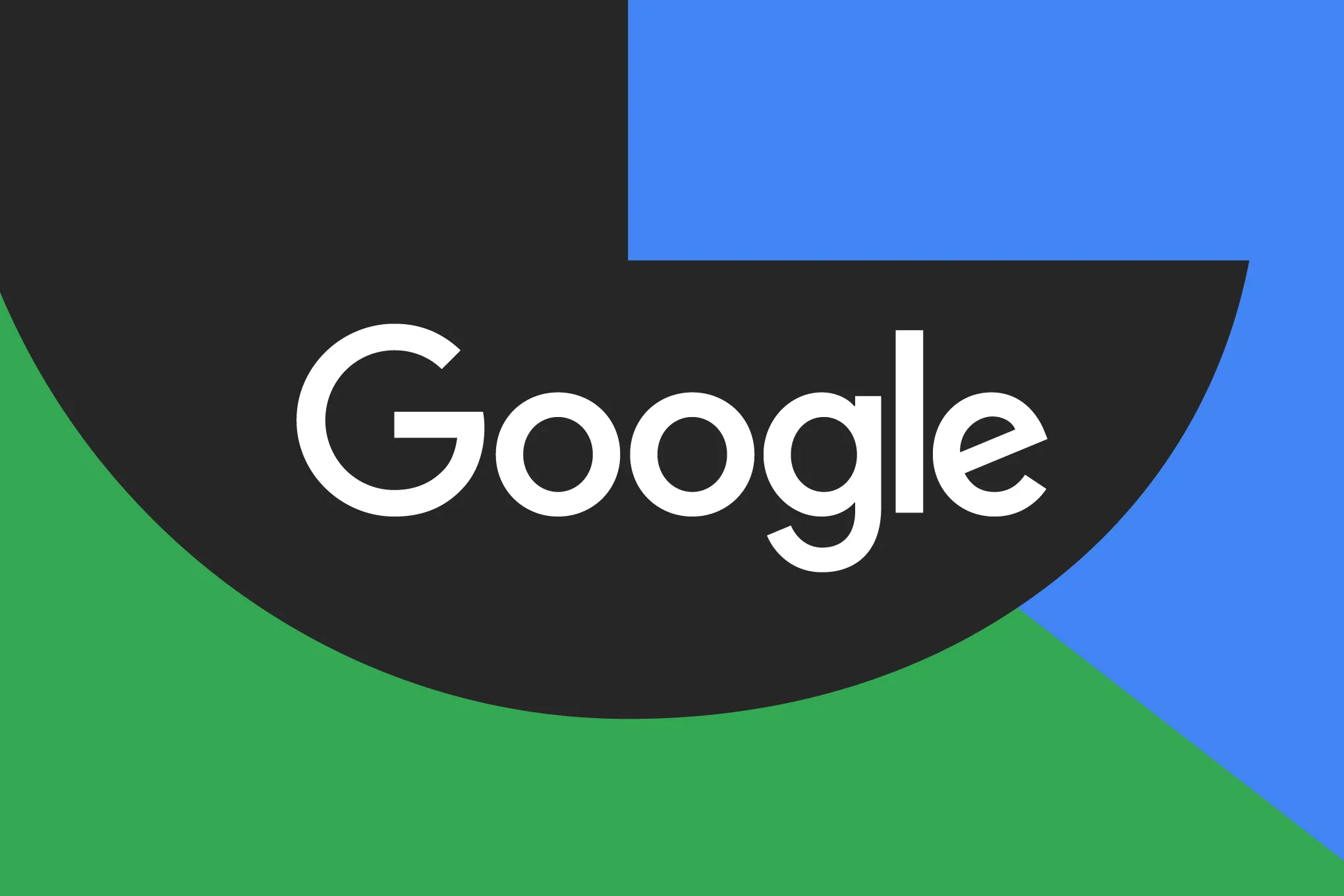
Google is rolling out some helpful updates to two of its popular apps: Google Drive and Files by Google. These changes are designed to make managing your files and watching videos much smoother.
First, Google Drive is getting a new video player. Now, when you upload a video to Drive and open it, you’ll notice a fresh look that matches Google’s latest design style. The controls, like play and pause, are easier to use and look cleaner. This update makes it simpler to watch videos directly in Drive without needing to download them first.
Meanwhile, the Files by Google app is also getting a makeover. The app is adopting Google’s Material 3 design, which means it looks brighter and more modern. The buttons and menus are easier to see and use, making it simpler to find, move, and organize your files. There are also new color options and improved icons, so everything feels more user-friendly.
Both updates show Google’s commitment to making its apps more helpful and enjoyable to use. Whether you’re watching videos in Drive or sorting files on your phone, these changes aim to save you time and make things less complicated. If you use these apps, keep an eye out for these new features—they should arrive soon!
-
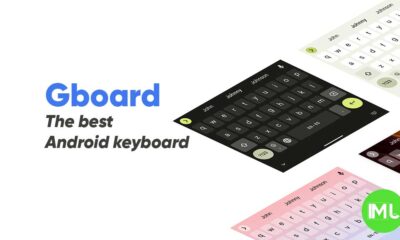
 Apps1 year ago
Apps1 year agoGboard Proofread feature will support selected text
-
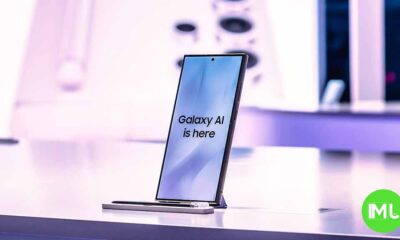
 News1 year ago
News1 year agoSamsung USA crafting One UI 6.1.1
-

 Apps12 months ago
Apps12 months agoGoogle Contacts app testing new Besties Widget
-
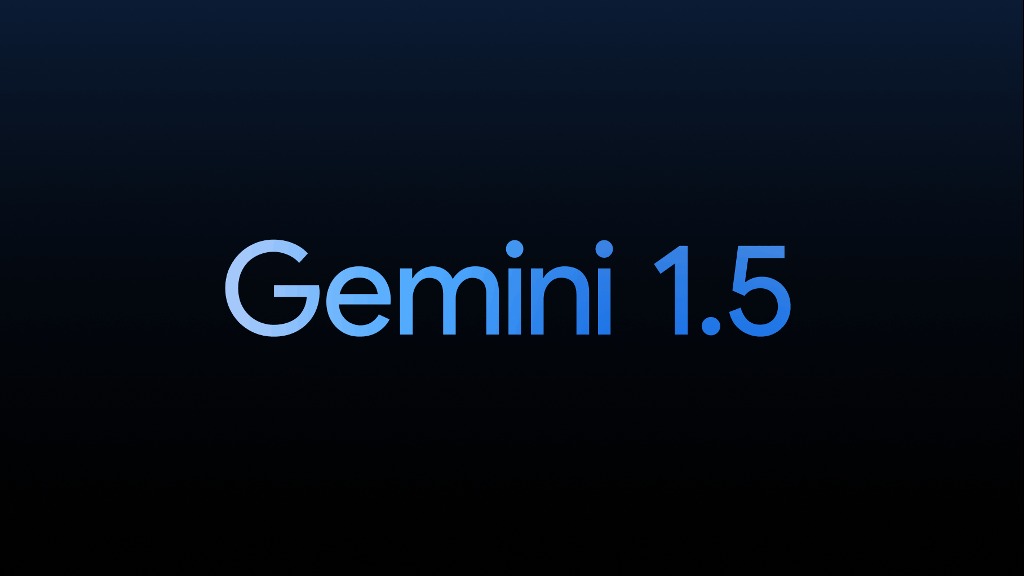
 AI12 months ago
AI12 months agoGoogle Pixel 9 Pro may come with a complimentary one-year Gemini Advanced subscription
-

 News1 year ago
News1 year agoBreaking: Samsung Galaxy S22 may get Galaxy AI features
-
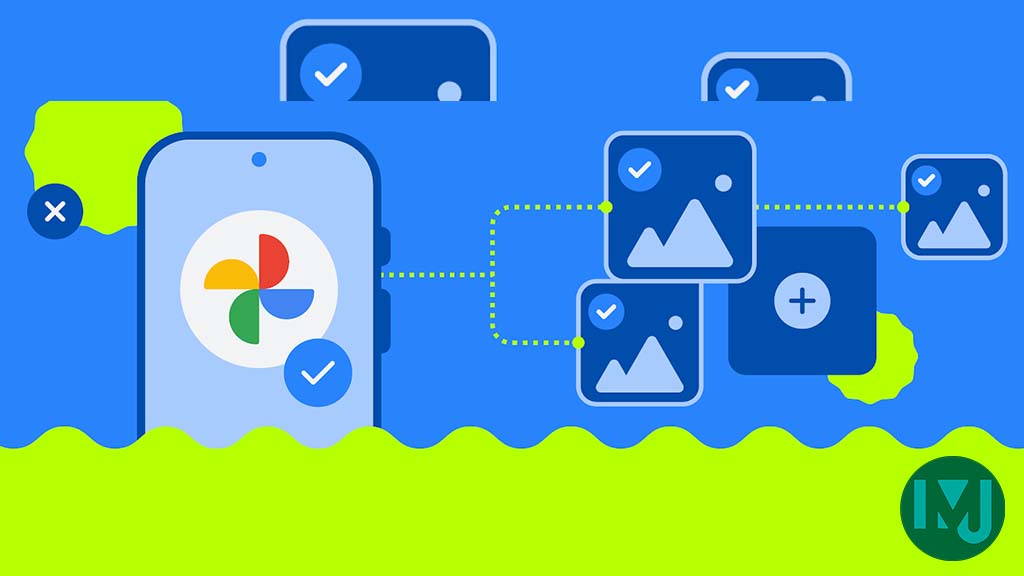
 Apps12 months ago
Apps12 months agoGoogle working on a new video editing feature for its Photo app
-
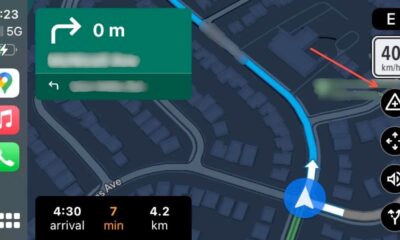
 Apps12 months ago
Apps12 months agoGoogle Maps lets you report traffic jams and accidents on Apple CarPlay, but not on Android Auto
-

 Apps12 months ago
Apps12 months agoGoogle Messages app will transform MMS chats into RCS

